VFX (Visual Effects)
VFX (VISUAL EFFECTS)
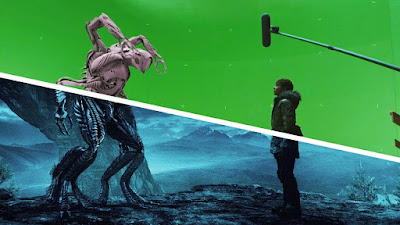
It is the process by which imagery is created and manipulated outside the context of a live-action shooting. Visuals are often integral to a movie's story. Although most visual effects work is completed during design, guides and leads the teams required to achieve the desired effects.
Visual effects are divided into 5 parts:
Matte Painting:
This technique creates highly detailed and realistic backgrounds and environments using digital painting tools. It is often used to create a sense of scale and grandeur, such as the vast landscapes in The Lord of the Rings or the expansive cityscapes in Blade Runner 2049.
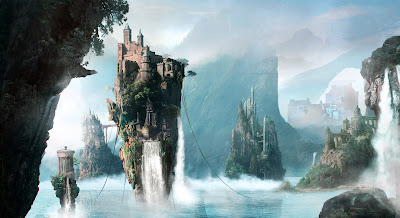
Motion Capture:
This technique uses cameras and sensors to capture the movement of actors, which is then used to animate computer-generated characters. It allows for the creation of realistic digital characters that move and act like real human or animal. Examples include the characters of Gollum in Lord of the Rings and Caesar in the Planet of the Apes films.
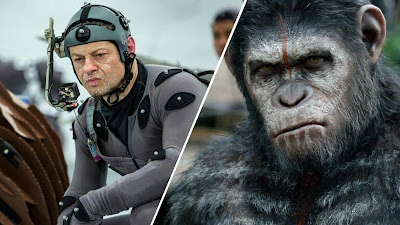
CGI (Computer-Generated Imagery):
This technique uses computer software to create 3D models and animations of characters, environments, and other elements that can be composited with live-action footage. It allows for the creation of realistic and fantastical elements that would be difficult or impossible to capture in live-action filming. Examples include the dinosaurs in Jurassic Park and the Avengers in the Marvel Cinematic Universe.

Compositing:
This technique combines multiple images or elements together to create a single, seamless image. It is often used to combine live-action footage with CGI elements, such as adding a digital creature to a live-action landscape. Examples include the dragon in Game of Thrones and the giant robot in Pacific Rim.
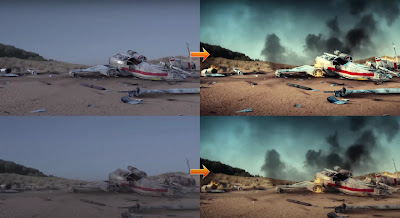
Rotoscoping:
This technique is used to isolate and separate individual elements from live-action footage, such as a character or a vehicle, so that they can be composited with other elements or replaced with CGI.
.webp)
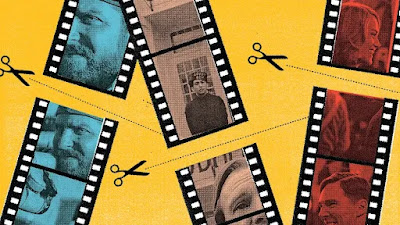

Comments
Post a Comment